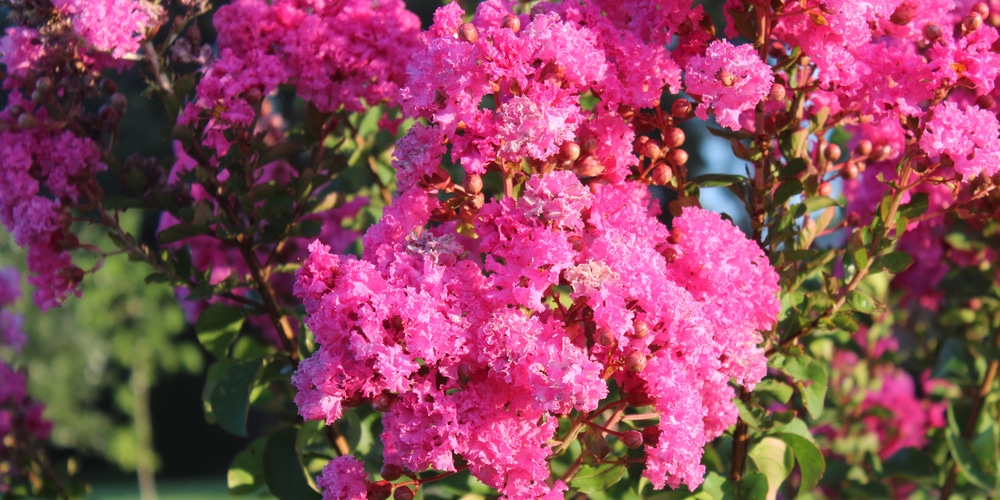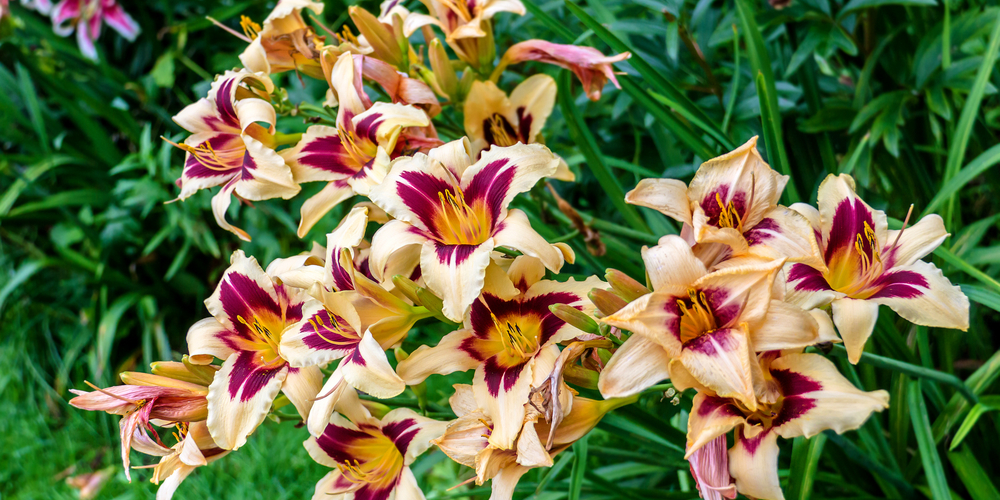On paper, working with full sun perennials in the ideal Zone 7 environment is every gardener’s dream. A full sun perennials Zone 7 garden eliminates many of the issues and complexities that come with other Zone 7 climates, and the choice of plants you can pick from can seem both dazzling and endless.
That’s on paper. In the real world, there are issues that come with working with even full sun perennials, and there are always climate subtleties that come into play.
So let’s break it down a little. We’ll take a closer look at some of the varieties that are involved, along with some of the issues that come into play.
Fun in the Sun

One of the favorites among full sun perennials is Crape Myrtle. It’s a gorgeous shrub or small tree that can handle a Zone 7 winter, and it’s known for the brilliant summer flowers it produces in full sun conditions.
Italian Jasmine is another popular variety, and it, too, has some hardy qualities. The bright yellow flowers can make any garden pop, and the bloom starts in late spring and extends throughout the summer.
Daylilies are another wonderful choice if you’re looking for variety. They come in a wide range of colors, and they absolutely adore the sun.
And finally, no list of this type would be complete without adding the inevitable sunflower. Many varieties are annuals, but these that are perennials tend to do especially well in Zone 7 gardens.
Things You Need to Know
Just like any other gardening favorite, full sun perennials tend to come with their own issues. These include specific planting conditions, so let’s review some of those.
Start with watering. The general rule of thumb for perennials is an inch of water a week, so keep that in mind if you’re in a Zone 7 area where occasional droughts tend to be an issue.
A watering strategy that combines less frequent but deeper watering helps perennials to root more deeply, and this will help them handle those occasional droughts.
Fertilizing and Mulching
One bit of good news is that most perennials don’t need a lot of fertilizing. In fact, over-fertilizing tends to lead to soft growth and fewer flowers, so go with a ballpark estimate of one pound of nitrogen per 1000 square feet of gardening space. You can use a granular fertilizer with a basic formulation like 12-12-12, 10-10-10, and so on.
While full sun perennials do sometimes have problems with weeds, there are strategies you can use to fight back. Shallow cultivation is your best weapon in this battle, but if you get an infestation, use a quick, selective glyphosate application on the weeds. Use a foam paint brush to apply the herbicide directly to the weeds, as this will allow you to better protect your perennials.
Mulching is another tactic you can use to bring out the best in your full sun perennials. They’ll help with weed growth, and they can also help moderate the soil temperature, which can be an issue in a full sun Zone 7 environment.
Mulch your perennial beds right after planting. Use about two inches of mulch—you can go tight bark, clippings of dry grass, or hulls of different seeds or nuts.
Don’t apply the mulch to the crown of the plant, as this can produce rot issues in that area. Make sure you leave space between the mulch and the crown to prevent this from happening.
You can apply more mulch in the spring as the soil starts to get water, but you shouldn’t need to do this in the winter if you’ve been working your soil throughout the ear and you’ve got good drainage.
The exception to this general rule would be transplanted full sun perennials, or plants you’re putting in during the late autumn. In this situation, use a mulch made of loose material like straw, or you can apply evergreen boughs after planting to keep frost heaves from being an issue once the temperatures drop below freezing.
Zone 7 Full Sun Perennials: Conclusion
The most important thing to remember when you lay out your Zone 7 full sun perennial garden is to be creative. You’re dealing with a wide variety of colorful possibilities, and many of them are hardy and adaptable, so it’s important to be open to new ideas. Experiment openly and don’t be afraid to be unique—if you go that route, full sun perennials will reward you with a brilliant garden.
